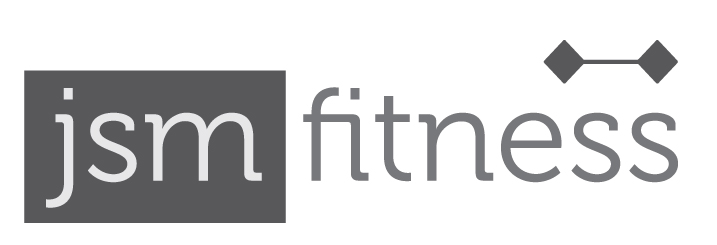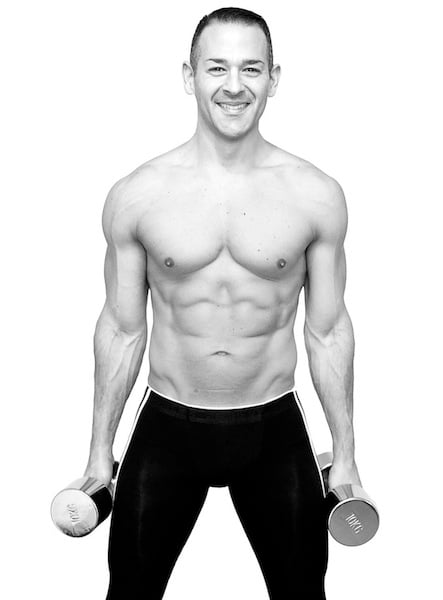HIIT vs Steady State Cardio: Which is Better for Fat Loss?

HIIT vs Steady State Cardio: Which is Better for Fat Loss?
Cardio is an essential part of any fat loss plan, but choosing between high intensity interval training and steady state cardio can be challenging. Both methods have unique benefits, and the best approach depends on your fitness level, goals and personal preference.
At JSM Fitness, I help clients find the right balance between these two cardio styles to achieve optimal fat loss and overall fitness.
What is HIIT?
High intensity interval training (HIIT) involves short bursts of intense exercise followed by brief rest periods. A typical HIIT session lasts between 15 to 30 minutes and maximises calorie burn in a short amount of time.
Benefits of HIIT:
Burns a high number of calories in a short session
Increases post workout calorie burn due to the after burn effect
Improves cardiovascular health and endurance
Preserves muscle mass while losing fat
Boosts metabolism for hours after training
Types of HIIT Workouts:
Bodyweight HIIT (burpees, jump squats, push ups)
Sprint intervals (alternating between sprinting and walking)
Circuit training (kettlebells, dumbbells, resistance bands)
Tabata (20 seconds work, 10 seconds rest, repeated multiple times)
What is Steady State Cardio?
Steady state cardio refers to maintaining a moderate pace for an extended period, usually 30 to 60 minutes. It is lower in intensity compared to HIIT but remains effective for burning fat and improving endurance.
Benefits of Steady State Cardio:
Burns fat efficiently during longer sessions
Less impact on joints compared to HIIT
Improves heart health and endurance
Easier to recover from and suitable for beginners
Helps with stress relief and mental clarity
Types of Steady State Cardio:
Jogging or brisk walking
Cycling or swimming at a moderate pace
Rowing or elliptical workouts
Hiking or outdoor running
When to Do HIIT or Steady State Cardio?
Choosing between HIIT and steady state cardio depends on fitness level, goals, and lifestyle.
When to Do HIIT:
When time is limited and you need a quick, effective workout
If your goal is to burn fat while preserving muscle
If you want to improve athletic performance and speed
When looking to boost metabolism and calorie burn post workout
When to Do Steady State Cardio:
If you prefer a lower impact workout
On recovery days when your body needs less intensity
If endurance training is a key goal
If you have injuries that prevent high intensity movements
Benefits of Explosive Exercises vs Steady State Cardio
Explosive Exercises (HIIT):
Increase power, strength, and agility
Elevate heart rate quickly for maximum calorie burn
Require short recovery times between exercises
Steady State Cardio:
Strengthens heart and lungs over time
Burns fat during exercise rather than relying on post workout metabolism
Can be done for longer periods without excessive fatigue
Which One is Better?
There is no single best option, as both forms of cardio have benefits.
For quick fat loss: HIIT is more effective in less time
For endurance and fat burning over time: Steady state cardio is ideal
For overall fitness: A mix of both types can provide the best results
Key Considerations Before Choosing HIIT or Steady State Cardio
Before starting any exercise programme, consider the following:
Age and Fitness Level: Beginners may find steady state cardio easier to start with before progressing to HIIT
Injuries or Medical Conditions: HIIT is high impact and may not be suitable for those with joint issues or injuries
Recovery and Rest Days: HIIT requires adequate rest, while steady state cardio can be done more frequently
Consult a Personal Trainer: A professional can tailor workouts to suit individual goals and fitness levels
Nutrition is Key to Fat Loss
Exercise alone is not enough for fat loss. A balanced diet with lean protein, healthy fats, and complex carbohydrates supports energy levels and recovery. Meal planning and portion control help maintain a calorie deficit without starving the body.
Consult a Personal Trainer for a Tailored Plan
A personal trainer can assess fitness levels, explain the differences between HIIT and steady state cardio, and provide a personalised programme. They can also create a nutrition plan that aligns with fat loss goals to ensure long term success.
At JSM Fitness, I offer one to one coaching in St Albans and Harpenden to help clients achieve their fitness and weight loss goals with a structured, effective plan.
Get Started with JSM Fitness Today
Personalised fat loss programmes
Expert guidance on HIIT and steady state cardio
Nutritional coaching for sustainable results
Email: [email protected]
Call or WhatsApp: 07590 830263
JSM Fitness: Serving St Albans, Harpenden & Surrounding Areas in Hertfordshire
Boost Your Fitness, Let’s Work Together!
Book Your First Personal Training Session Today!
Email: [email protected]
Call or WhatsApp: 07590 830263


Comments